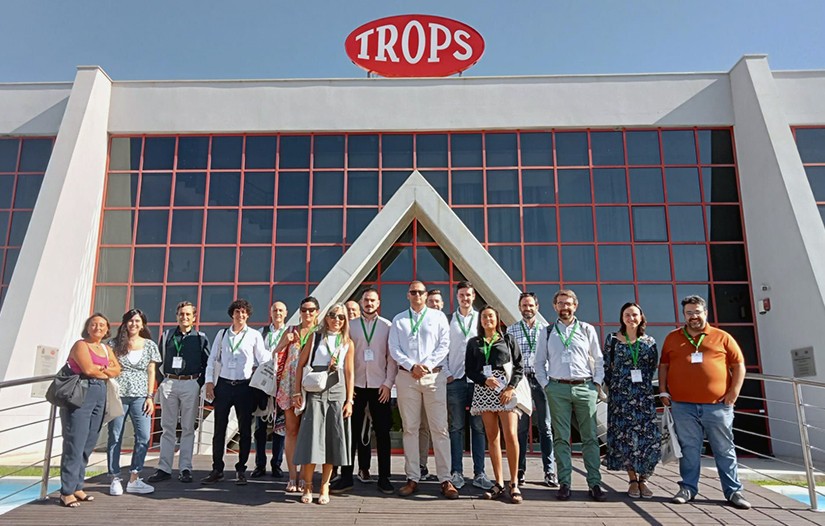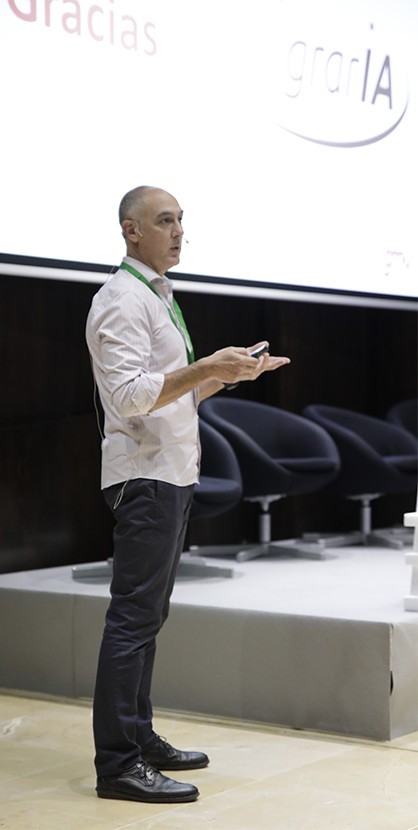AgrarIA, an example of technological innovation in agriculture presented at Atlas Collaborate Málaga

The Atlas Collaborate Málaga event, organized by Atlas Tecnológico in collaboration with Málaga TechPark and the Ricardo Valle Institute of Innovation Foundation (Innova IRV), was a landmark event in Spain’s technology industry. With the theme of “Collaborate: Reset the Economy,” the summit has established itself as the hub for conversations on Industry 4.0 and its impact on the country’s economy.
One of the most notable moments was the presentation by Miguel Hormigo, Manager of GMV’s Industry sector, who shared his experience and expertise on “Technological Innovation in the Agri-Food Sector,” focusing on the AgrarIA project. This project, funded through the R&D Missions in Artificial Intelligence Program of the State Secretariat for Digitalization and Artificial Intelligence (SEDIA) of the Ministry of Economic Affairs and Digital Transformation, is part of the Recovery, Resilience, and Transformation Plan funds.
AgrarIA is an initiative spearheaded by GMV that seeks to bring about sweeping change in Spain's agricultural production system through the implementation of artificial intelligence (AI). The strategic use of AI is aimed at optimizing and modernizing agricultural production, providing farmers with the tools needed to improve the efficiency, sustainability, and profitability of their operations.
The AgrarIA project seeks to apply green AI algorithms that reduce the carbon footprint to analyze and process large amounts of data from various sources, such as sensors, drones, and monitoring systems. These data are crucial for making informed and accurate crop management decisions, making it possible to optimize resources and anticipate possible challenges. Currently, 77 end-user SMEs directly related to the project are involved.
Hormigo also shared AgrarIA use cases that demonstrate its innovative scope, including satellite image management to calculate crop capacities, the application of quantum computing to satellite image management to predict crop performance through machine learning, autonomous robotics to optimize agricultural production, the development of biopesticides and the distribution thereof through drones and precise positioning, as well as the use of artificial vision in product recognition and sorting in supermarkets, among other applications.
